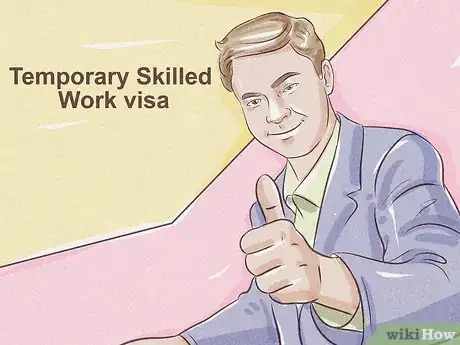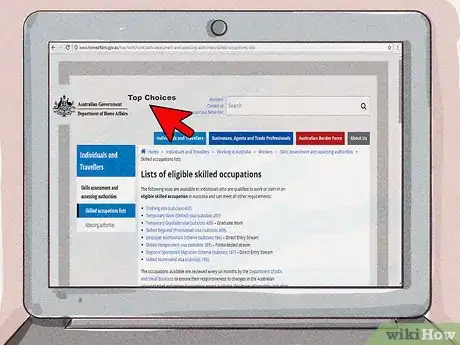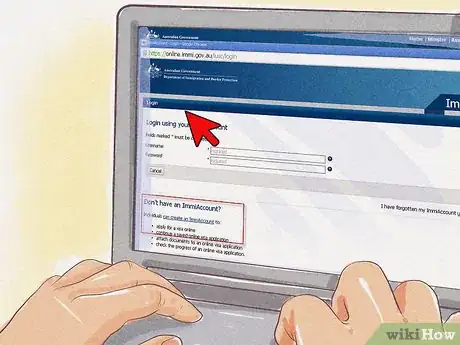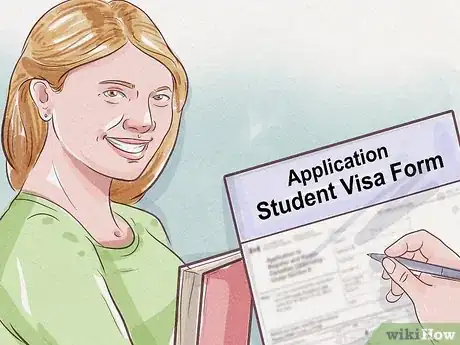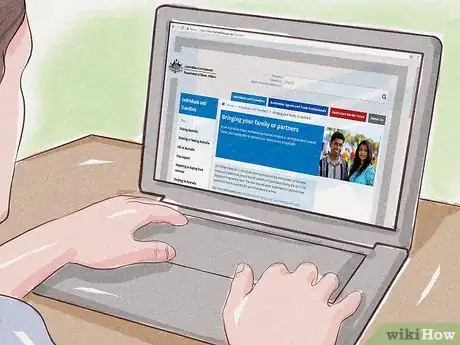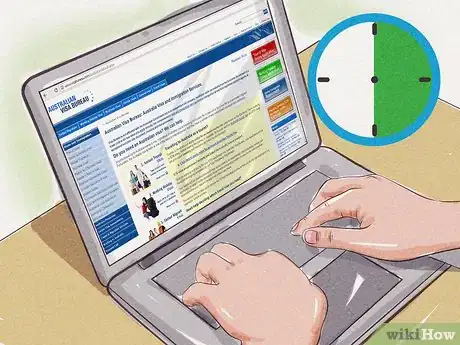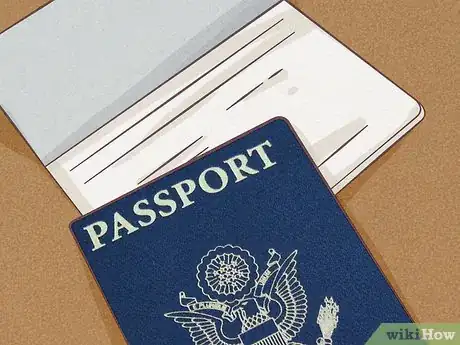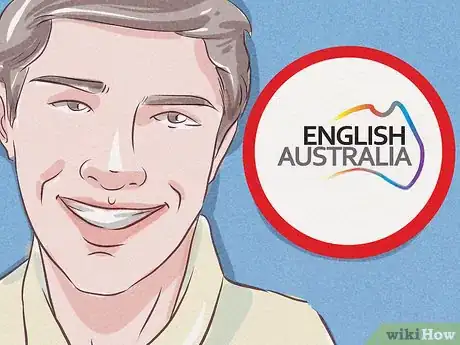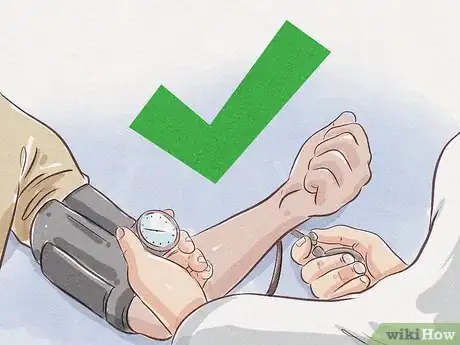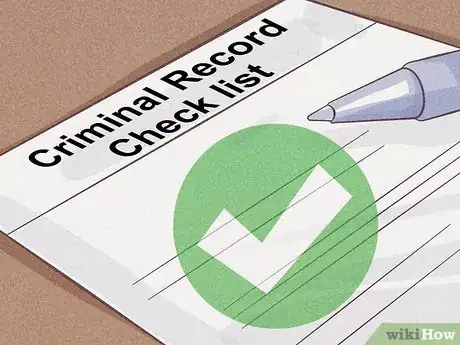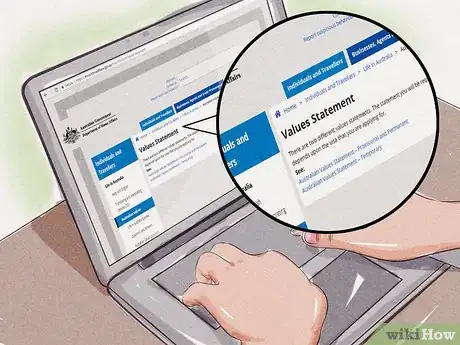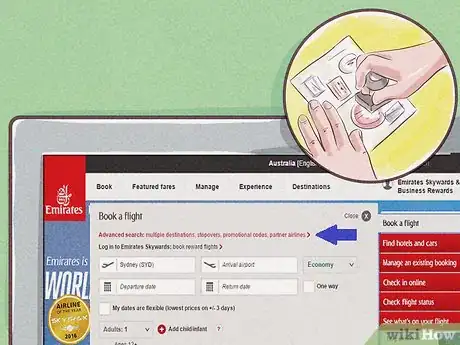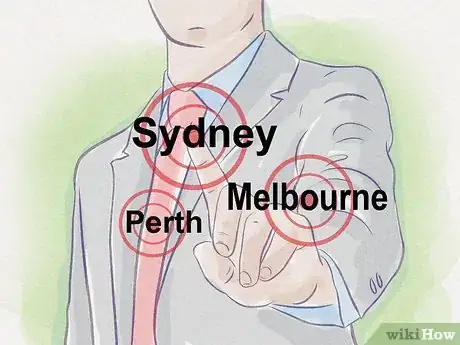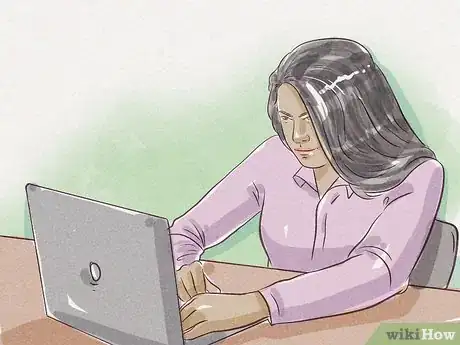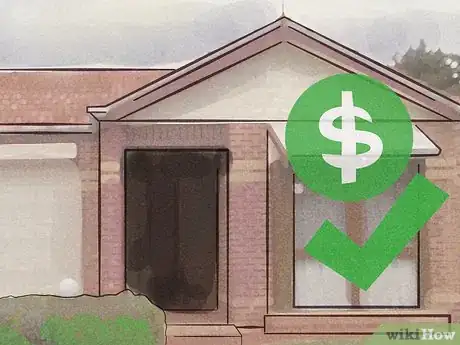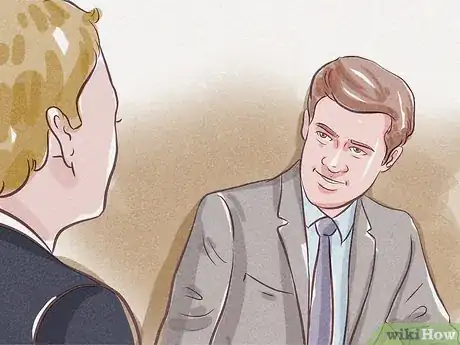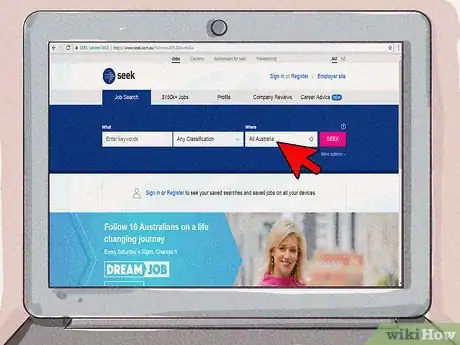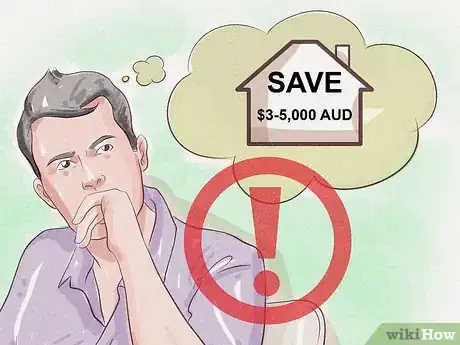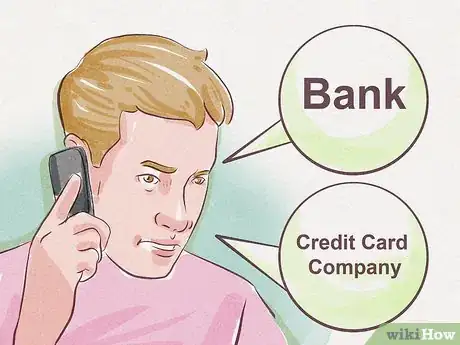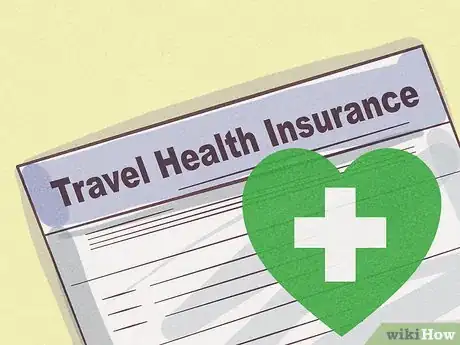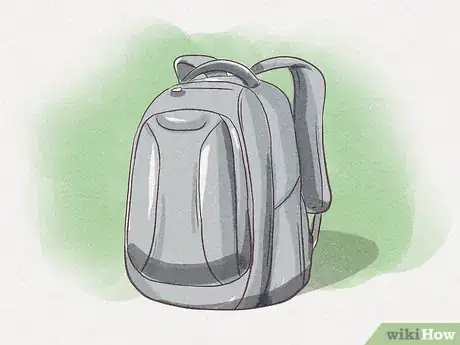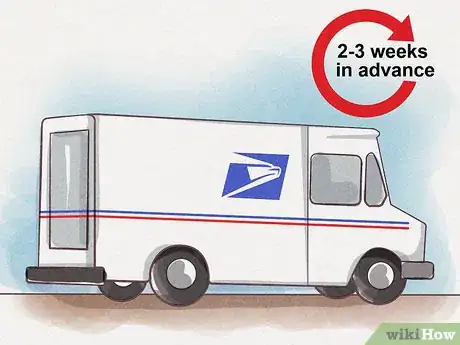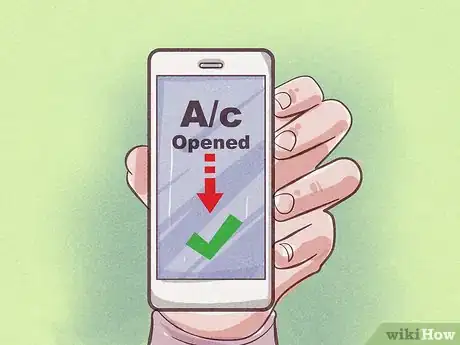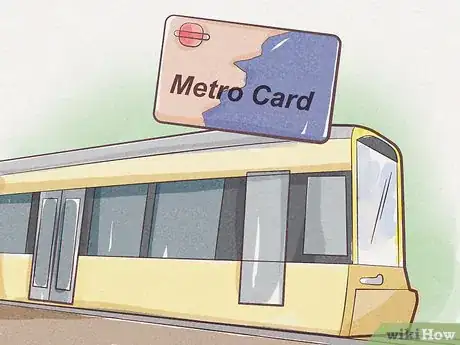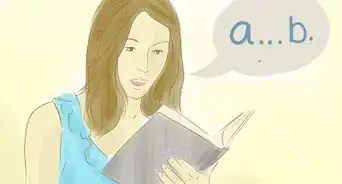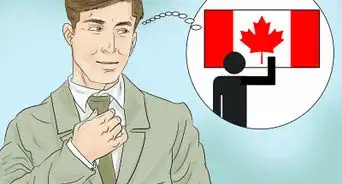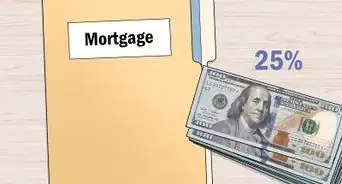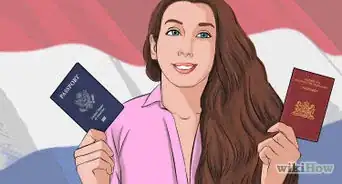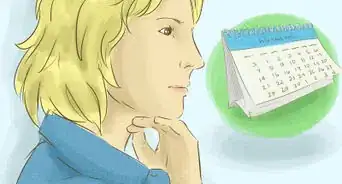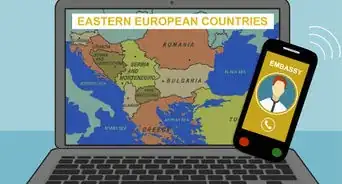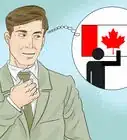This article was co-authored by wikiHow Staff. Our trained team of editors and researchers validate articles for accuracy and comprehensiveness. wikiHow's Content Management Team carefully monitors the work from our editorial staff to ensure that each article is backed by trusted research and meets our high quality standards.
wikiHow marks an article as reader-approved once it receives enough positive feedback. In this case, 85% of readers who voted found the article helpful, earning it our reader-approved status.
This article has been viewed 221,223 times.
Learn more...
Australia is known for its beautiful weather, gorgeous scenery, and interesting culture. You may be considering a move to this unique country because you need a change or for a new job. To move to Australia, you will need to apply for the correct visa. You should also organize your travel and accommodations before you leave and make final arrangements so your arrival is stress-free.
Steps
Selecting a Visa Type
-
1Apply for an Employer Sponsored Migration visa if you have a job offer in Australia. There are 2 types of visas under this category: a Temporary Skilled Work visa and an Employer Nominated Scheme visa. If you have lined up a job in the country, you can get your employer to sponsor you for temporary work visa so you can live and work in Australia. This visa lasts up 4 years and requires you to be employed by the company that sponsored you for the duration of the visa.[1]
- An employer nominated scheme visa may be a good option if an employer sponsors you for a position that they cannot fill with an Australian applicant. Your employer will have to prove they can only fill the position with a qualified expat. This visa also lasts 4 years.
-
2Go for a Skilled Migration visa if you do not have a job offer. This type of visa allows you to move to Australia and look for a job once you arrive. You do not need a sponsor, but you must show you have skills and qualifications required for positions on the Australian Skilled Occupations List. You can find more information about the Australian Skilled Occupations List here: http://www.homeaffairs.gov.au/trav/work/work/skills-assessment-and-assessing-authorities/skilled-occupations-lists.[2]
- As part of the visa application, you will need to enter your personal information into the SkillSelect database so you find employment easily and quickly.
Advertisement -
3Apply for a Working Holiday visa if you are between 18-30 years old. This visa is a good option if you want to travel around Australia and take on temporary jobs, as you cannot work for the same employer for more than 6 months under this visa. Many young people go for this visa, as it allows you to travel and work in the country for up to 12 months.[3]
- Keep in mind you cannot sponsor family members or partners to move to Australia if you are on this visa.
-
4Go for a student visa if you plan to go to school in Australia. Student visas require you to be enrolled as a full time student at an Australian based university or college. Many students apply for this visa and then try to stay in Australia with another visa once they graduate.[4]
- You are also able to work a limited amount of hours for an Australian employer on this visa.
-
5Get sponsored by a family member or partner who already lives in Australia. If you already have an immediate family member, spouse, or romantic partner who already resides in the country, you can ask them to sponsor your visa to Australia. However, this option can be expensive and time consuming, as it may take years for the visa to process.[5]
- You can find out more on getting sponsored by a family member or partner on the Australian government website: https://www.homeaffairs.gov.au/Trav/Brin.
Applying for the Visa
-
1Apply for the visa online. Access the applications for each type of visa through the Australian Visa Bureau. Depending on the type of visa you apply for, the application may take 10-30 minutes. You will need to provide basic personal information like your name, address, gender, country of residence, age, and email to create an account on the site. Once you create an account, you can complete and submit the visa application online.
- You can also get a free assessment done on the website so you can determine the best visa for your skills and needs.
-
2Include all the required documentation. Most visa types will require a valid passport that does not expire within 6 months. If you are applying for a Skilled Migration visa or a Working Holiday visa, you will need to provide bank statements to show you have sufficient funds, usually several thousand dollars, to support yourself when you first arrive and are looking for a job.
- If you are applying for an Employer Sponsored Migration visa, your sponsor will need to provide documents that show you have a job waiting for you in Australia.
-
3Have strong English language proficiency. A basic requirement of applying for a visa to land legally in Australia is having strong English language skills. If your first language is not English, you must achieve a certain score on an English language proficiency exam and note this on your visa application.[6]
- Alternatively, you may need to sign up for English classes in Australia as part of the visa process before you arrive in the country.
-
4Be in good health. You will need to meet the health requirements noted in your visa application form and you should have no serious health issues or concerns. You may be asked to get a health examination done by a certified doctor before you arrive in the country to ensure you are in good health.[7]
-
5Have a clean criminal record. You may need to undergo a background check as part of the visa application to ensure you have a clean record. Having no prior arrests or convictions will also speak to your character and help boost your chances at landing a visa.[8]
-
6Sign an Australian Values Statement. There are 2 types: provisional and permanent for individuals who plan to move and stay in Australia, and temporary for individuals who are only planning to stay in Australia for a short amount of time.[9]
- You will then include the signed statement with your visa application.
Organizing Travel, Accommodations, and Employment
-
1Book a flight to Australia once you receive your visa. Wait until you receive your visa by mail to book your flight, as you cannot get into the country legally without it. If you are looking to save money on a flight, look at budget airlines and try to fly on weekdays, as rates tend to be less expensive. You can also try booking your flight during the off season in Australia, which is from May-September.[10]
- Look for airlines that allow a 30 kilograms (66 lb) weight allowance for baggage, as this can make fitting everything you need for the move in your luggage easier.
-
2Pick a major city like Sydney or Melbourne to make finding a job easier. If you do not have a job lined up in Australia, you may have a better chance of finding one in a major city like Sydney, Melbourne, or Perth. Alternatively, if you don’t mind working in a rural area like a farm, you may opt for an area in the countryside or a smaller city or town.[11]
- You may also decide to land in a major city and then travel around Australia by car, bus, or train.
-
3Book a rental home or space online. Use rental websites online to find a short-term and long-term rental within your budget. Opting for a room in a shared space will likely be cheaper than getting a place on your own. Book the rental before you leave for Australia to make moving easier.
- Opt for a furnished rental place, if you can afford it, so you do not have to worry about buying your own furniture.
-
4Save money by staying in a hostel or homestay. Another option is you book a bed or a room at a hostel in the city so you have somewhere to stay when you arrive. Homestays are also a cheap option, as you are able to stay with a local for a discounted rate. They can also be a good way to get to know others at the homestay and to see how locals live.[12]
- Many hostels and homestays offer a discounted rate if you book a room or bed for several weeks or months in advance.
-
5Discuss your accommodations with your employer if you are being sponsored. If your employer is sponsoring your move to Australia, work out your accommodations with them beforehand. Many employers will help you arrange a place to live so you are all set up when you arrive.
- Your employer can also give you advice and guidance on how to find a good place to live that fits your budget.
-
6Apply for jobs before you move. Finding a job in Australia can be a challenge, especially if you arrive during peak season. Apply for as many jobs as you can and try to get 1 before you move to the country so you have employment when you arrive. Look online for job postings on the Australian government website as well as on websites for expats. Search for jobs in rural areas like farm work, as these jobs are often available and easy to get.[13]
- If you know anyone who lives in Australia already, you can ask them to look for positions that may be a good fit for your skillset.
Making Final Arrangements
-
1Save up at least $3-5,000 AUD to cover your relocation costs. Living in Australia can be very expensive, as accommodations and basic items can cost double what they do in other countries. To ensure you have a financial safety net, make sure you save up a decent amount of money before you move. This will ensure you have a bit of a buffer if you do not have a job yet and need money to live off of.[14]
- You should also save up enough money for the first 8 weeks of your rent, as many rentals require a 4 week deposit and 1 month's rent in advance.
- Some visas, such as the Working Holiday visa, require you to have a certain amount of money in the bank to ensure you can support yourself when you arrive.
-
2Notify your bank and credit card company you are moving. Avoid having your bank account or credit card frozen by letting them know you are moving as well as your move date. You may need to speak to your bank about withdrawing money from your account when you are in Australia. You may also get a travel credit card to make using it easier once you move.[15]
- Another option is to cancel your credit card and get a new 1 once you arrive in Australia through an Australian bank.
-
3Consider getting travel health insurance. If you do not have a job already in Australia that provides health insurance, you may want to get insurance so you are covered in the event of an accident or medical issue. You can then cancel the insurance once you get a job that covers it for you as part of your employment.[16]
- Do research online to find the best health insurance providers in Australia.
-
4Pack light to avoid excess baggage fees. When you move, it can be tempting to pack as much as you can fit into your luggage. But, you may end up paying high fees for excess or overweight baggage. Aim to pack only as many bags as you are allowed on your flight, usually 1-2 checked bags and a carry on bag. Only bring essential items like toiletries, travel documents, and clothing.[17]
- Avoid bringing any decorative items or large furniture items, as these can be costly to travel with.
-
5Ship any large items to Australia in advance. If you have furniture or books you want to take with you on your move, ship them 2-3 weeks in advance using your federal postal service. Send the items to an address where you know they will be picked up and held safely, such as a friend's home in Australia or your landlord's office. The cost of shipping items to Australia can be expensive, especially if they are heavy, so make sure you budget for this option.
- You may also weigh the costs of shipping the item versus buying a new item when you arrive in Australia to see what makes the most sense financially.
-
6Open a bank account within 6 weeks of your arrival in Australia. Most employers will deposit money straight into your Australian bank account, rather than give you a check or a pay stub. Opening a bank account in Australia sooner than later will make it easier for you to get paid and manage your finances.
- Keep in mind you must also obtain a Tax File Number (TFN) through the Australian government soon after you arrive in as you must pay tax while you live in Australia.
-
7Use public transit when you arrive in Australia to save money. Australia has a network of buses, trains, trams, and ferries to make getting around easy. You can buy a weekly or monthly pass to make using transit easy and affordable once you arrive in Australia.
- There are several reliable taxi services in Australia, but they can be expensive to use to get around, especially if you rely on them often.
- If you plan to buy a car in Australia, you can use your foreign driver's license legally for 3 months. After 3 months, you will need to get an Australian driver's license. The cost of buying and maintaining a car in Australia is high so you may avoid this option until you get settled in.
Community Q&A
-
QuestionI have family members who live in Australia. Would it be possible for me to use them to get into Australia?
 Community AnswerOn a visiting basis, yes. As for living there full-time, you would have to prove that you can contribute to the Australian economy and apply for a citizenship.
Community AnswerOn a visiting basis, yes. As for living there full-time, you would have to prove that you can contribute to the Australian economy and apply for a citizenship. -
QuestionCan I move to Australia by enrolling at college as a student?
 Sidney JurekCommunity AnswerYes, you can. Usually, you would have to be accepted into the university before you apply for the student visa.
Sidney JurekCommunity AnswerYes, you can. Usually, you would have to be accepted into the university before you apply for the student visa. -
QuestionCan I move to Australia through a friend's invitation?
 Community AnswerYou need to do some research about Australia's emigration policies. Your friend could probably sponsor you for a temporary or work visa, but moving there long term will be more complicated.
Community AnswerYou need to do some research about Australia's emigration policies. Your friend could probably sponsor you for a temporary or work visa, but moving there long term will be more complicated.
References
- ↑ http://www.visabureau.com/australia/emigrate-to-australia.aspx
- ↑ http://www.visabureau.com/australia/emigrate-to-australia.aspx
- ↑ http://www.visabureau.com/australia/emigrate-to-australia.aspx
- ↑ http://www.visabureau.com/australia/emigrate-to-australia.aspx
- ↑ http://www.businessinsider.com/how-to-move-to-australia-2017-7/#or-maybe-you-have-family-or-a-spouse-in-australia-in-which-case--3
- ↑ https://www.internations.org/australia-expats/guide/moving-to-australia-15340/visa-requirements-for-australia-3
- ↑ https://www.internations.org/australia-expats/guide/moving-to-australia-15340/visa-requirements-for-australia-3
- ↑ https://www.internations.org/australia-expats/guide/moving-to-australia-15340/visa-requirements-for-australia-3
- ↑ https://www.internations.org/australia-expats/guide/moving-to-australia-15340/visa-requirements-for-australia-3
- ↑ https://www.investopedia.com/articles/personal-finance/061215/when-it-cheaper-fly-australia.asp
- ↑ http://sunsettravellers.com/moving-to-australia/
- ↑ http://sunsettravellers.com/moving-to-australia/
- ↑ https://www.taxback.com/blog/101-things-before-moving-to-australia
- ↑ https://www.taxback.com/blog/101-things-before-moving-to-australia
- ↑ https://www.taxback.com/blog/101-things-before-moving-to-australia
- ↑ https://www.taxback.com/blog/101-things-before-moving-to-australia
- ↑ https://www.taxback.com/blog/101-things-before-moving-to-australia
About This Article
If you want to move to Australia, make sure you’re in good health, are a native English speaker or can pass a proficiency test, and have a clean criminal record. Then go online to the Australian Visa Bureau and figure out which type of visa you can apply for, like the Employer Sponsored Migration visa if you already have a job offer there. When you know which visa you’re applying for, complete the online application, including any required documentation like your passport, and sign an Australian Values Statement. If you want to learn how to find housing accommodations and employment, keep reading the article!
